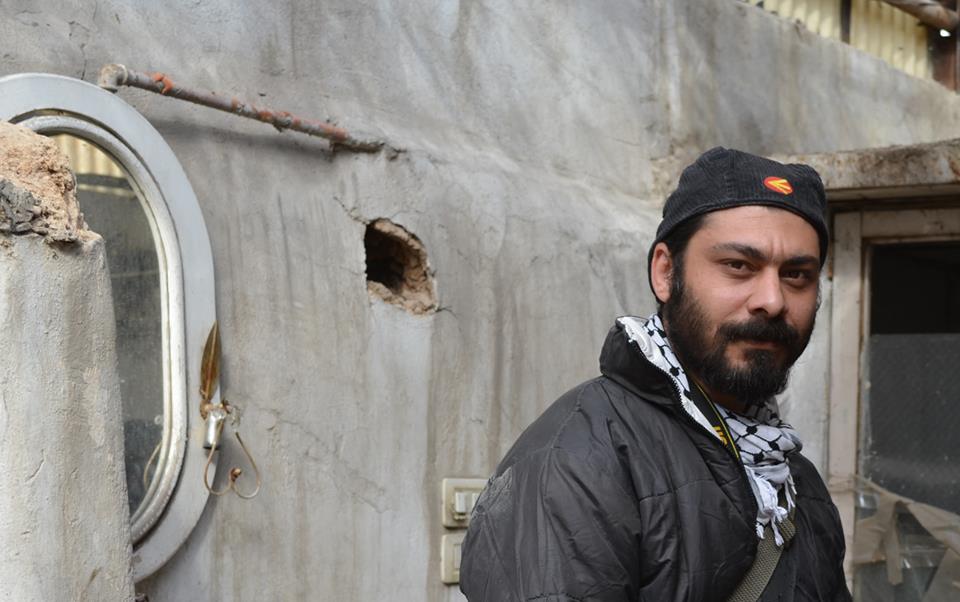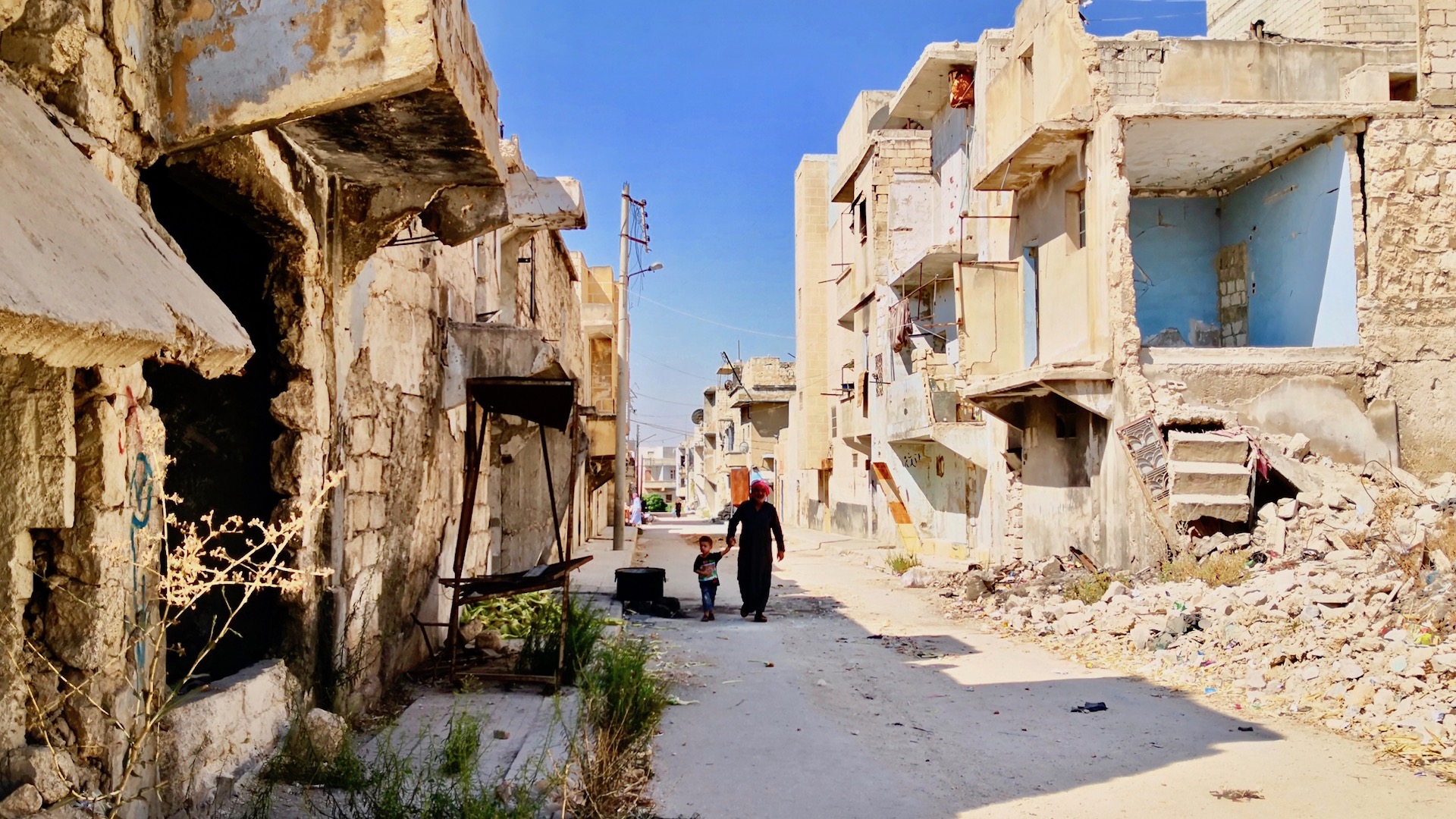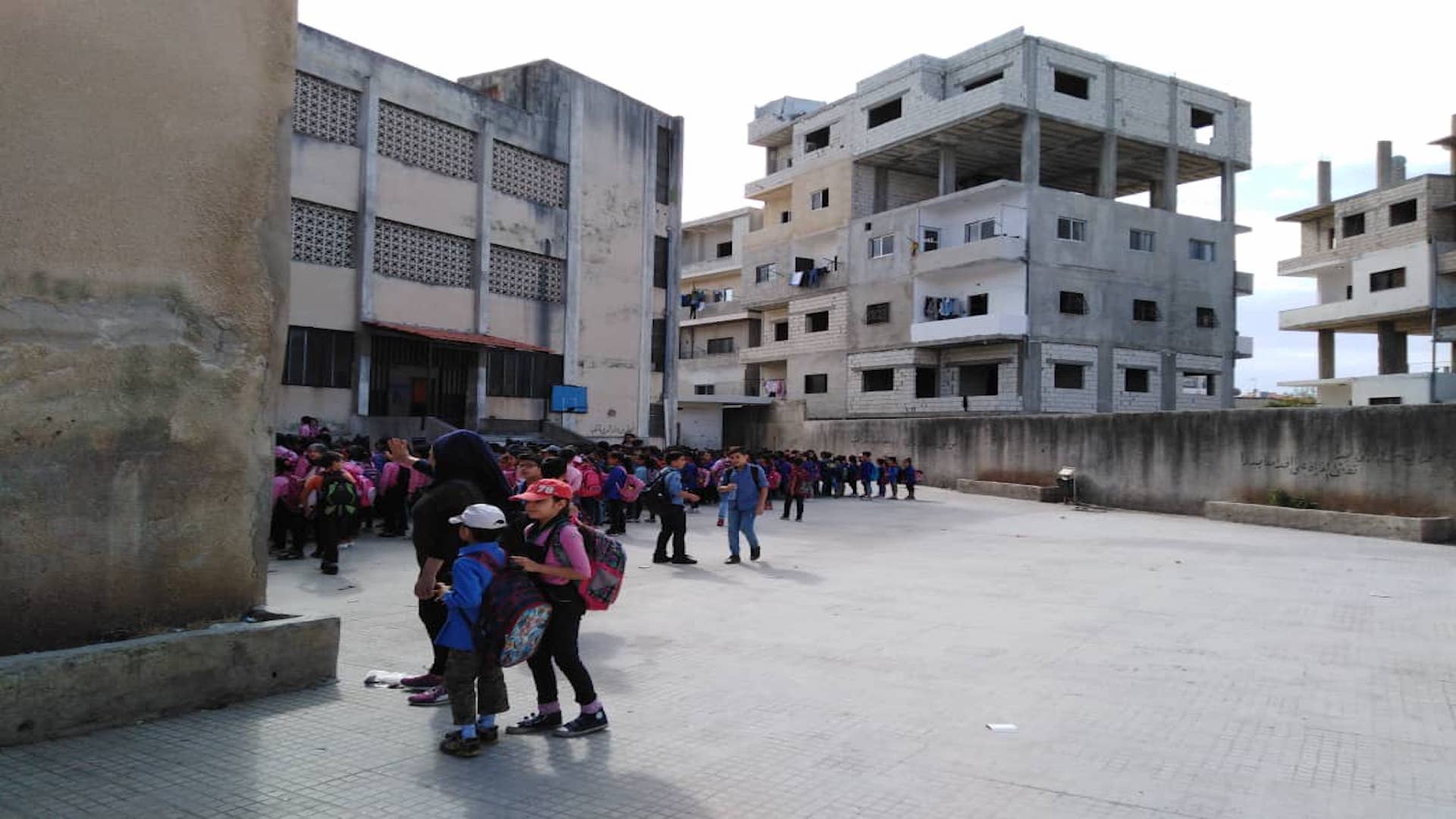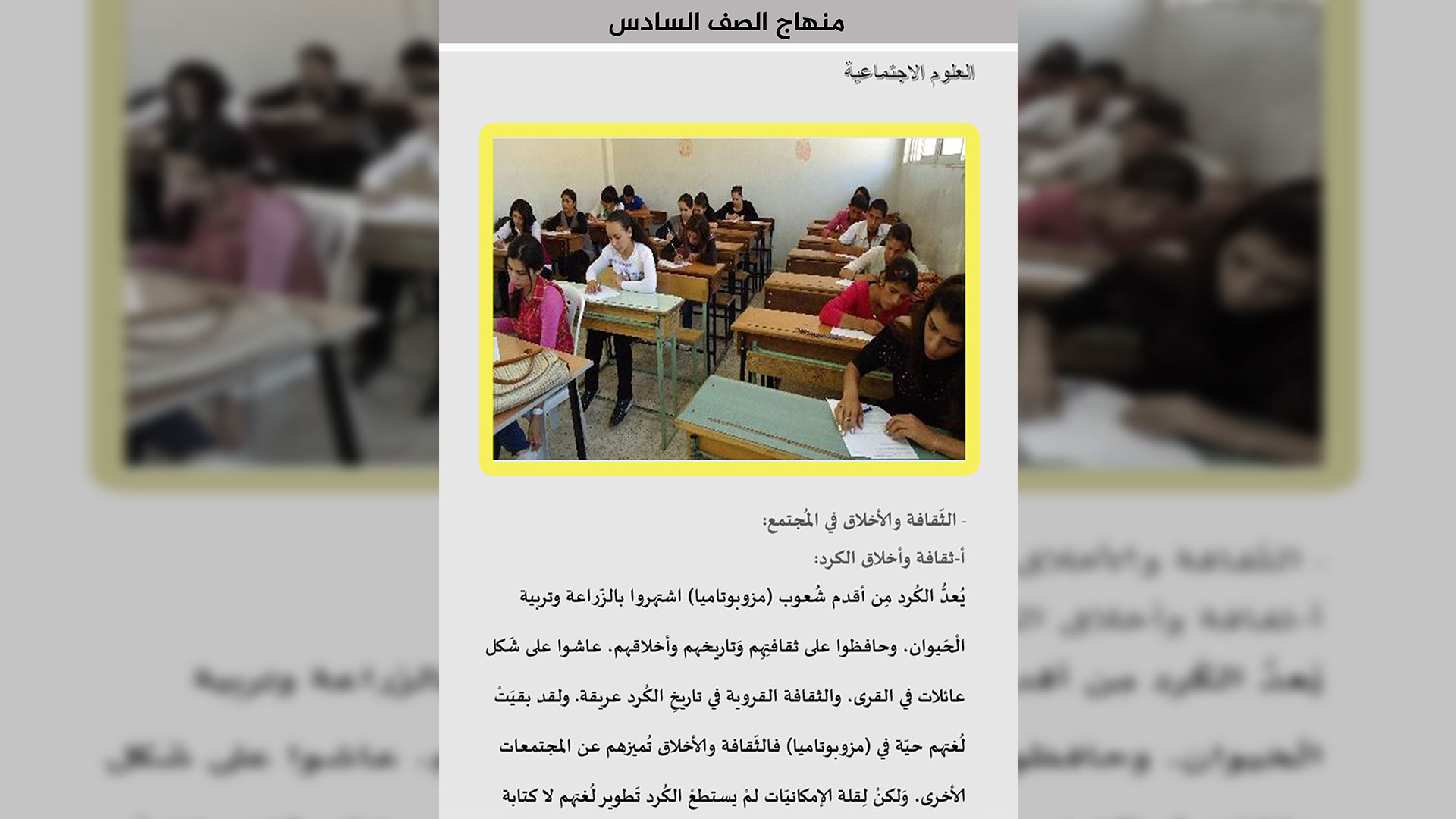In October 2016, Turkey's Ministry of National Education issued a decision to integrate Syrian students with Temporary Protection status into Turkish schools. With it, the Turkish government put forward an implementation plan that involved gradually introducing Turkish language tuition to temporary education centers, to the point that students were getting 15 hours of Turkish language tuition per week compared to around seven hours at most in the past.
According to the latest UNHCR statistics, the number of Syrian refugees reached 5.6 million, with 64 percent (3.6 million) of that number currently residing in Turkey.
And as much as the Turkish government's project of educational integration seems like a positive step forward for the future prospects of Syrian students in Turkey, there are still questions about how sustainable it is given the broader situation for refugees there.
Thousands of Syrian refugees in Turkey might have to forcibly return home even before the war ends, meaning that Syrian children’s future in the country could be at stake.
A positive step forwards?
Half a million children were born in Turkey after 2011, and the number of school-aged children reached one million in 2018, according to a Global Education Monitoring Report published by UNESCO last year.
At the beginning, some of them were distributed among Syrian schools under the management of civil society organizations in Turkish border cities, and schools under the supervision of the opposition’s Syrian National Coalition. Later, UNICEF intervened to provide support for these schools. Naturally, not all schools could accommodate the increasing number of Syrian students, many of whom remained outside the educational process.
In October 2016, the Turkish government issued a decision to integrate Syrian children in Turkey’s public schools. Syrian students and teachers were transferred from private schools to public schools, where students would begin their school day during a second shift, after the morning schedule of Turkish children had ended.
During the 2016/2017 school year, first and fifth grade students were integrated in public Turkish education, and more and more grades followed suit in later academic years. The eighth and eleventh grades will be integrated during the course of the 2019/2020 school year—afterwards, only 12th grade students will remain outside the integration process and the issue of temporary education will finally be settled in Turkey. According to the aforementioned UN report, come 2020, no Syrian refugee children will be left in the temporary education centers.
Turkey’s integration plan prompted a wave of discussion and debate among Syrians themselves. Syrian students are now almost on a par with Turkish children, and some observers believe that fact will encourage Syrian families to further integrate into Turkish society rather than live out their lives in Turkey as temporary refugees.
Not everyone agrees with that, though.
Some Syrian refugees in Turkey distrust this narrative of integration—despite the obvious benefits for children in Turkish schools—believing that it could mean that millions of refugees might remain in Turkey and forget all hopes of return once the war ends.
Although the prospect of return to Syrian looks unlikely now, some believe that fully integrating into Turkish society will make return in the future almost impossible.
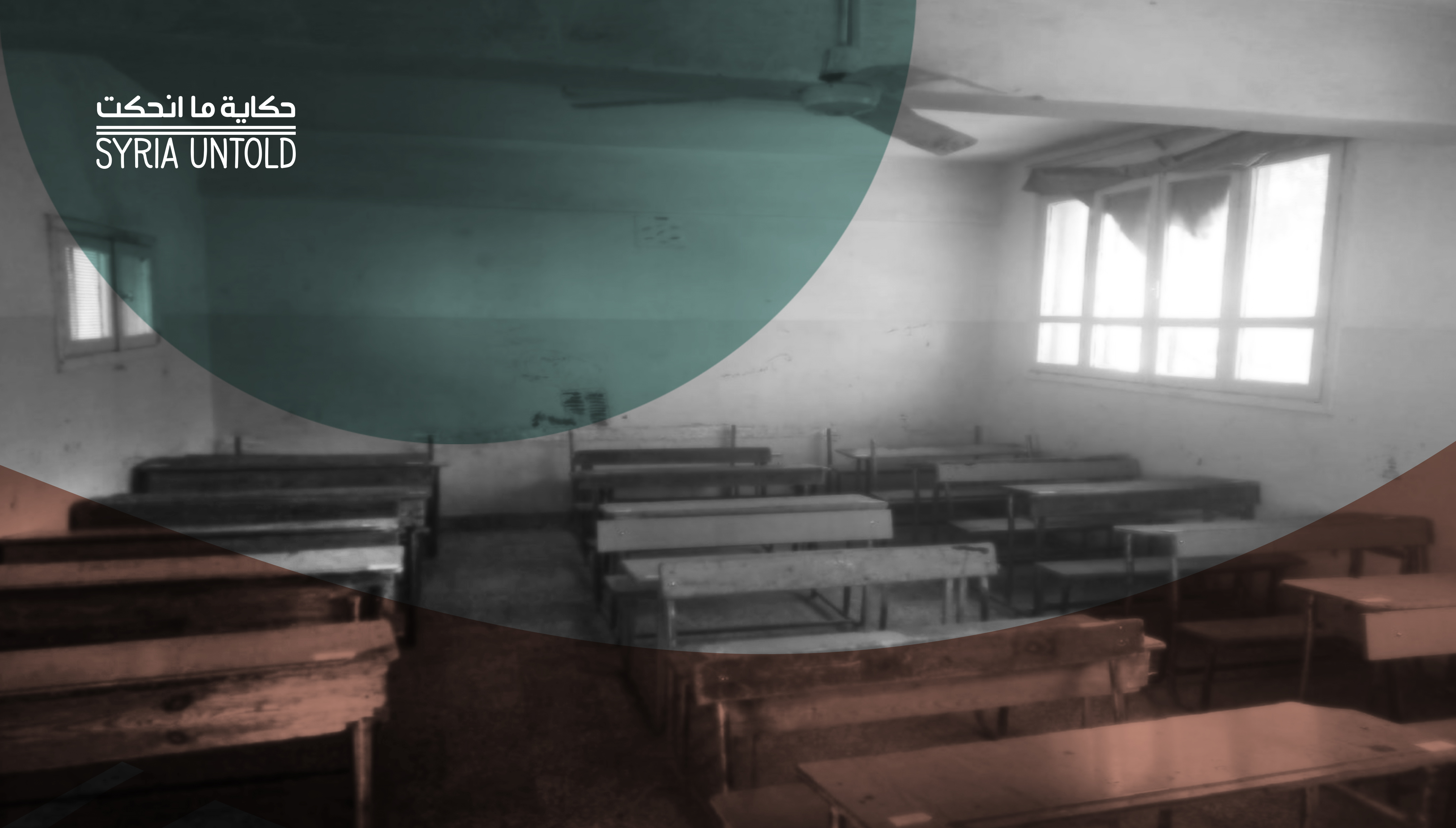
A new language
What’s more, because of educational integration, on the one hand, and the long period Syrian refugees have been in Turkey, on the other, Arabic—the mother-tongue of millions of Syrians—has gradually become their second language. Although Syrian parents will not forget Arabic, Syrian children who were born and raised in Turkey are mastering Turkish, which is eventually turning into their mother tongue.
But for those younger children, learning Turkish is something of a necessity, both for school and for integration.
“I hear the kids talking to one another in Turkish all the time, and not just to Turkish kids,” says Naamat Ibrahim, a Syrian mother of two who came to Turkey in 2013.
Sara Issa, a Syrian student in the eighth grade, arrived in Turkey in 2015 when she was just 11 years’ old.
“My family settled in Istanbul, and my parents decided to enrol me in a Turkish school, where I continued studying in Turkish,” she remembers.
“The first year was difficult, but Turkish later became an integral part of my life. I use it at school, and to communicate with my friends—including my Syrian friends.”
“But, I also speak Arabic at home. My father does not want me to forget my mother-tongue,” she adds.
Sara’s experience shows that children who took up Turkish as soon as they arrived in the country became more linguistically dynamic than fellow students in Arabic-speaking Syrian schools. For those students, learning Turkish after shifting to the integrated educational system later on proved much more difficult.
Elias Ata is a father of three, who came to the southeastern Turkish city of Gaziantep in 2014. Two of his children are currently of school age.
“As soon as we reached Turkey, we enrolled our kids in a school affiliated with the Syrian Interim Government,” he says, referring to the main, Turkey-based Syrian opposition body.
The school taught an adjusted version of the Syrian curriculum but included Turkish language classes. However, it wasn’t enough by the time his two children had to move into a pubic school after the educational integration law was passed.
“[My children] were in shock,” Elias remembers. “It was as if they’d started school from scratch.”
“We had to enroll them in private Turkish language lessons so they could keep up with their peers,” he says.

A question of identity and belonging
The news that Syrian child Wael al-Saud committed suicide by reportedly hanging himself at the door of a cemetery in Kocaeli shook up Turkey’s Syrian community last October. Investigations later found that he had faced racism and ostracisation from his peers at school. Wael’s father said that, in their last conversation, his son told him he felt his “teacher was treating him unfairly.”
“He told his mother that he was going to the mosque for the noon prayers,” his father said. “But he never returned.”
Wael’s story was an extreme example of the struggles that Syrian refugees—young and old—can encounter in host countries neighbouring Syria.
But other students are struggling, too.
Hasiba, a Syrian mother who fled to Turkey with her 10-year-old son in 2015 said that at first, her son “hated going to school.”
“He was always in a bad mood and complained…about not having any friends and being lonely. I talked to the school several times to find out about his situation, but the Turkish teachers always told me my son was aggressive with his peers.”
Hasiba remembers that her son became “more stable” once he started learning Turkish, and “made Turkish friends."
Language helps with communication, and therefore socialising.
But some Syrian parents worry that by growing up speaking Turkish, their children are losing their mother-tongue—a question of identity and belonging as much as it is one of language.
“When I talk to my kids, I notice the weakness of the Arabic they speak,” says Azzam Segri, a Syrian father of three kids. “They often use Turkish words to express their ideas. My eldest son, 14, often asks me about Arabic vocab to refresh his memory.”
But what future is there for Syrians in Turkey?
Of the estimated four million Syrian refugees in Turkey, only 80,000 have obtained Turkish nationality and Turkish citizenship rights, according to statistics from last year. At the same time, Turkey has increasingly tightened legal and security measures governing the lives of Syrian refugees while the doors to European Union countries have been shut in their faces.
With all that, the forcible return of thousands of refugees to Syria—usually to so-called “safe zones” in the north of the country—has become highly problematic. What will become of thousands of Syrian students who are now part of Turkish society, if they are forced to return with their families to Syria? What are the educational prospects for those forced to go home, especially those who now speak Turkish more than they do Arabic?
Dozens of questions like these surround the future of Syrian students and their families in Turkey. As the conflict rages on in Syria, political agreements between disputing parties tend not to take into account the millions of Syrians currently stuck in limbo—a limbo between returning to the unknown in Syria or remaining in Turkey with an uncertain future.
Soha Suleiman, a Syrian student in high school, came to Turkey with her family in 2012 and has been living in Istanbul for a while now.
“Like other Syrians, I was excited to learn Turkish and integrate quickly into Turkish society,” she explains. “I now feel like I’m part of this society, but I feel concerned when I see how the Turkish government is deporting thousands of Syrians to ‘safe’ zones in Syria.”
“It gives me a feeling of instability. I sometimes feel like everything, not just learning Turkish, is useless.”
A version of this article was originally published in Arabic here.


